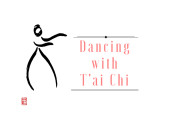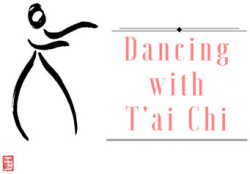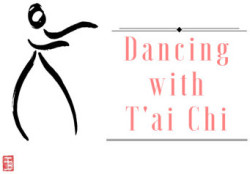What is T’ai Chi?
Historically, T’ai Chi Ch’uan is part of an ancient Chinese art that has been used for thousands of years based on Taoism and Chinese medicine. Known simply as ‘t’ai chi’ in our western world, it can be translated into English as greatest or supreme, being synonymous with ‘largest’ rather than with ‘best’ (T’ai) and ultimate (Chi). Ch’uan meaning method or fist is the physical way in which the t’ai chi is manifested.
There are different ways of spelling ‘T’ai Chi’ and ‘Qigong’ depending on which method of Romanization is used or how the Chinese characters are written using a Western alphabet. The first main Romanization method is Wade-Giles, spelling it T’ai Chi Ch’uan and Ch’i Kung; the second Romanization method is Pinyin, spelling it Taijiquan and Qigong. Most of us will recognise the spellings of T’ai Chi but not Taijiquan, and Qigong but not Ch’i Kung.
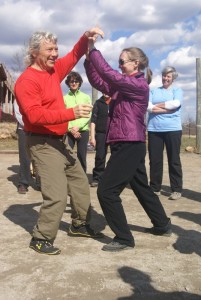

To the question, what is T’ai Chi?
There can be many answers. Some of you might have the picture of Chinese people practising some movements in a park, usually early in the morning. To define t’ai chi in 20 words, ‘t’ai chi is best thought of as playing: playing with movement and breath, playing with energy and playing with consciousness’.
More comprehensively, t’ai chi is a holistic and uncompetitive practice which aims to harmonise the natural rhythm of the body through physical activity with those of the mind; it endorses these important aspects amongst others:
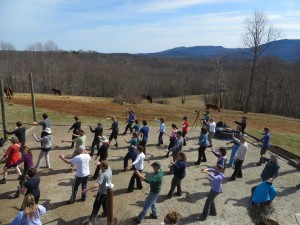
1
It is one of the best practices for long-term health, wellbeing and longevity; it will improve one’s immune system, digestive system, heart rate and circulation; it will increase one’s vitality, mobility, flexibility and enhance correct posture.
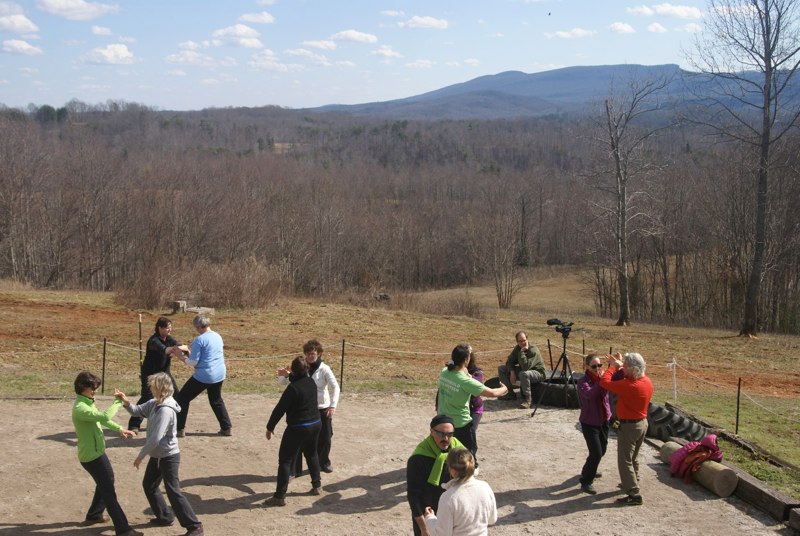
2
The hectic pace of modern living and lack of exercise leaves us tired and exhausted. The quiet and gentle nature of t’ai chi helps to overcome stress and its related problems, especially since it is uncompetitive. T’ai chi will aid relaxation and calm the mind; it teaches patience and will improve one’s confidence, feeling of awkwardness, problems with established self-image as well as mental concentration. It encourages in our work of “converting the negative into the positive”: the more the release of negativity, the more the energies will be developed. [1] [1] Esther Hicks, The Law of Attraction: the Basics of the Teaching of Abraham, [Hay House: 2006],
p. 70

3
T’ai chi is the ‘cleanest tool’ for finding out about ourselves. Irrespective of age, race, culture or religion, t’ai chi helps recognise the subtle energies of the mind and spirit in order to achieve stillness and clarity. It does so not by treating mind and body as separate parts, but as a single cohesive unit: strengthening one means strengthening the other.[2] It refreshes your mind and energises your body. It soothes your heart and enriches your soul.
[2] In Chinese, the mind is the ‘General’, the body its ‘soldiers’.
To sum up, t’ai chi is a set of principles which have been observed to be effective in their positive influence regarding life in all its expressions of movement and change. They have been handed down both orally and through the traditional writings of t’ai chi. They include an emphasis on relaxation of tension, both physical and mental, leading to the development of internal strength; a process of integration in which the mind and body become unified and an understanding that the key element with respect to any life success is the maintenance of the qualities of balance and harmony. Furthermore, t’ai chi is life, life itself; sometimes experienced in a subtle way, but most of the time t’ai chi simply lives with you, is in you. Once you are aware of it, it won’t leave you.
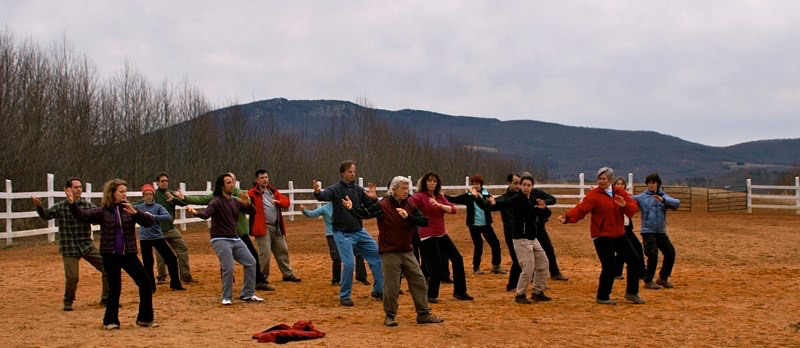
Practising the Form at Heavenly Way, North Carolina in February 2012
